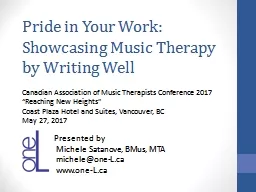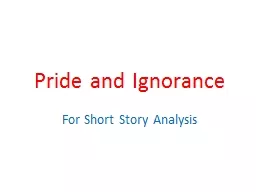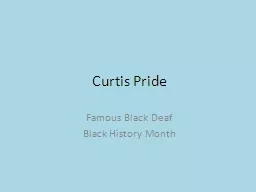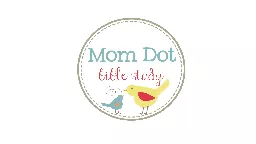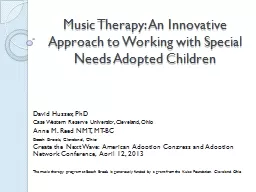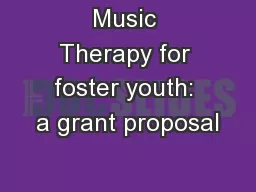PPT-Pride in Your Work: Showcasing Music Therapy by Writing Well
Author : stefany-barnette | Published Date : 2018-03-18
Canadian Association of Music Therapists Conference 2017 Reaching New Heights Coast Plaza Hotel and Suites Vancouver BC May 27 2017 Presented by Michele Satanove
Presentation Embed Code
Download Presentation
Download Presentation The PPT/PDF document "Pride in Your Work: Showcasing Music The..." is the property of its rightful owner. Permission is granted to download and print the materials on this website for personal, non-commercial use only, and to display it on your personal computer provided you do not modify the materials and that you retain all copyright notices contained in the materials. By downloading content from our website, you accept the terms of this agreement.
Pride in Your Work: Showcasing Music Therapy by Writing Well: Transcript
Download Rules Of Document
"Pride in Your Work: Showcasing Music Therapy by Writing Well"The content belongs to its owner. You may download and print it for personal use, without modification, and keep all copyright notices. By downloading, you agree to these terms.
Related Documents

